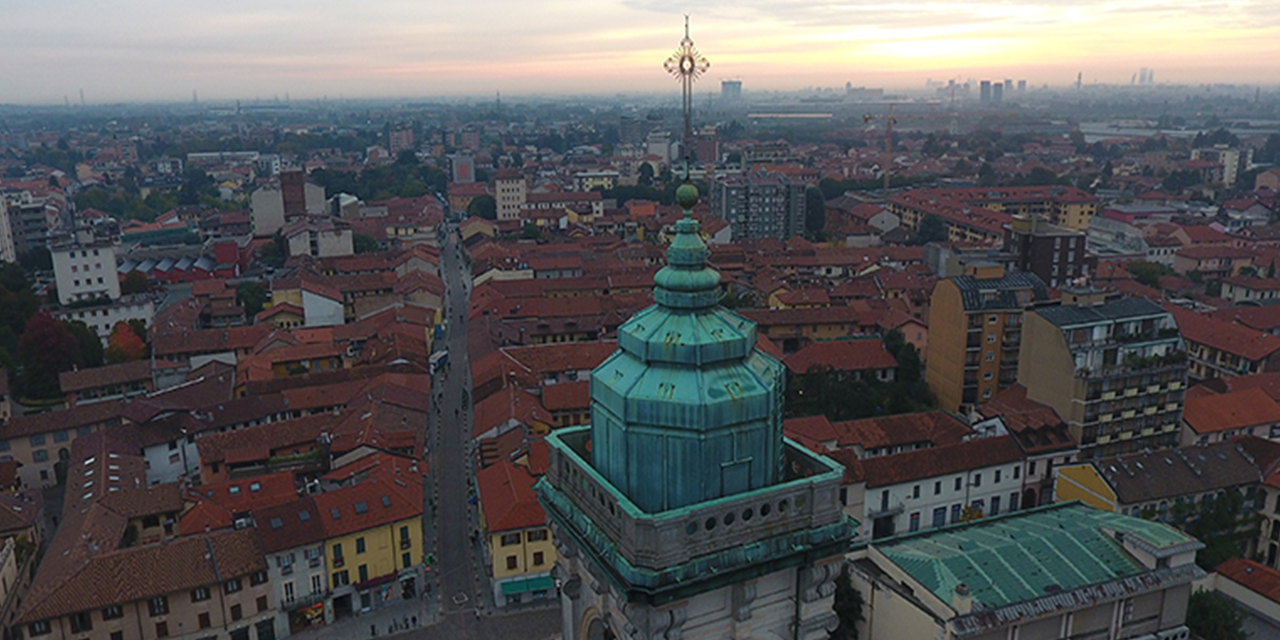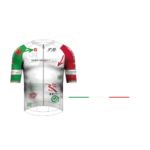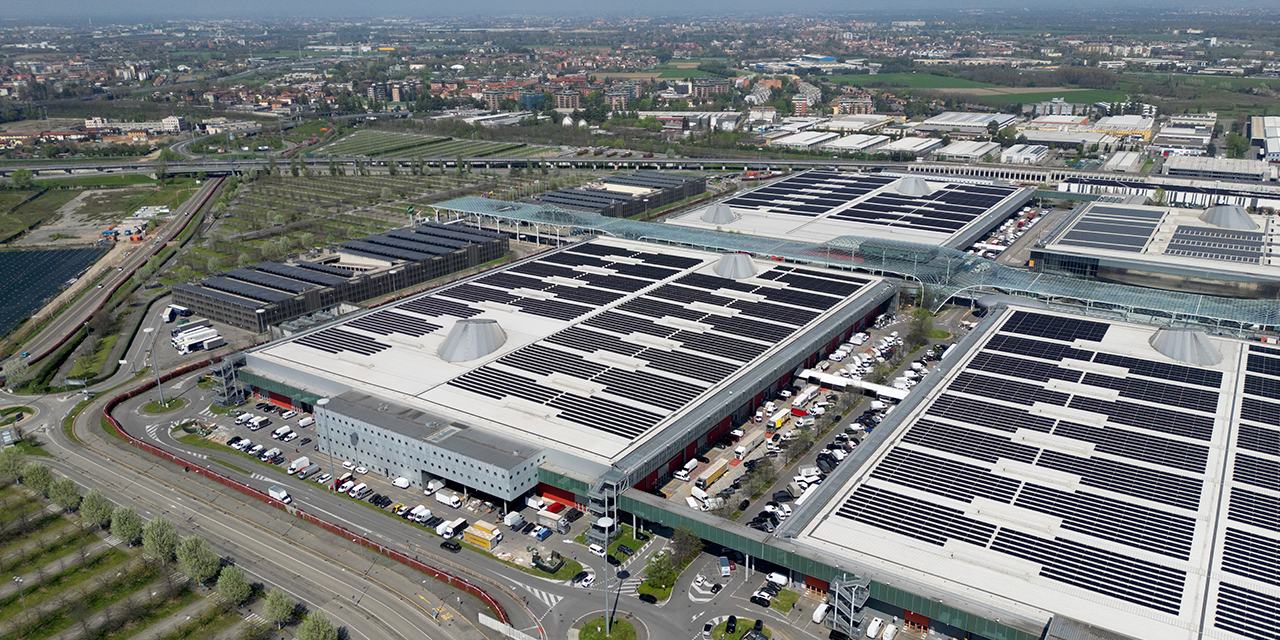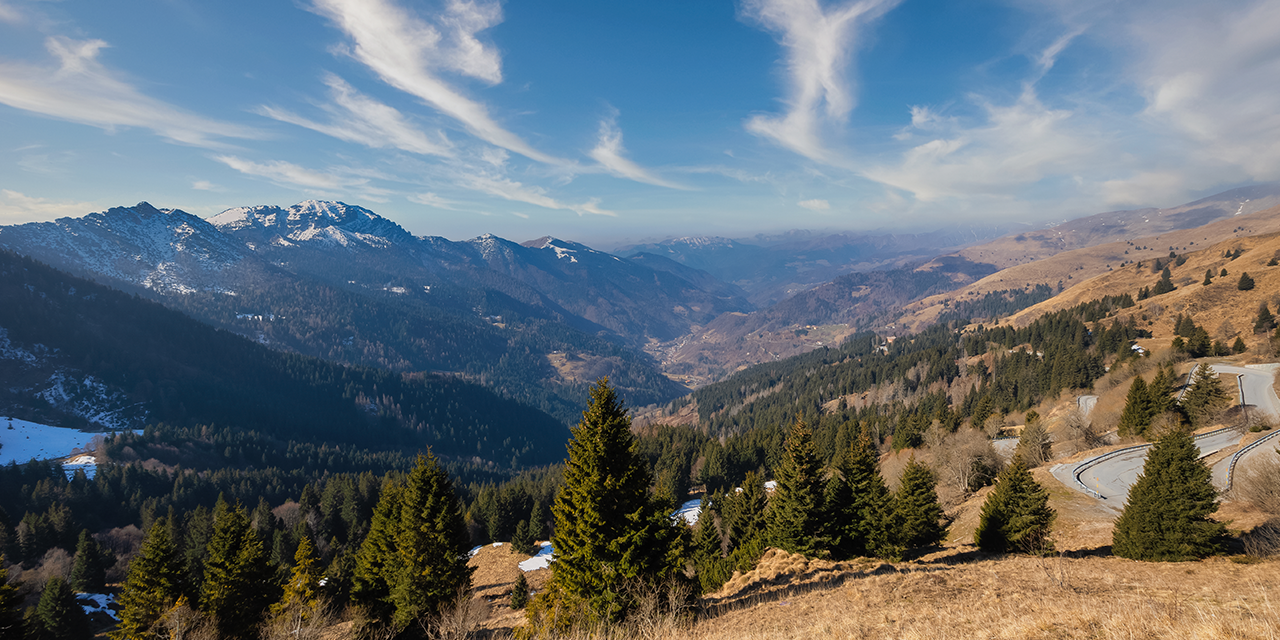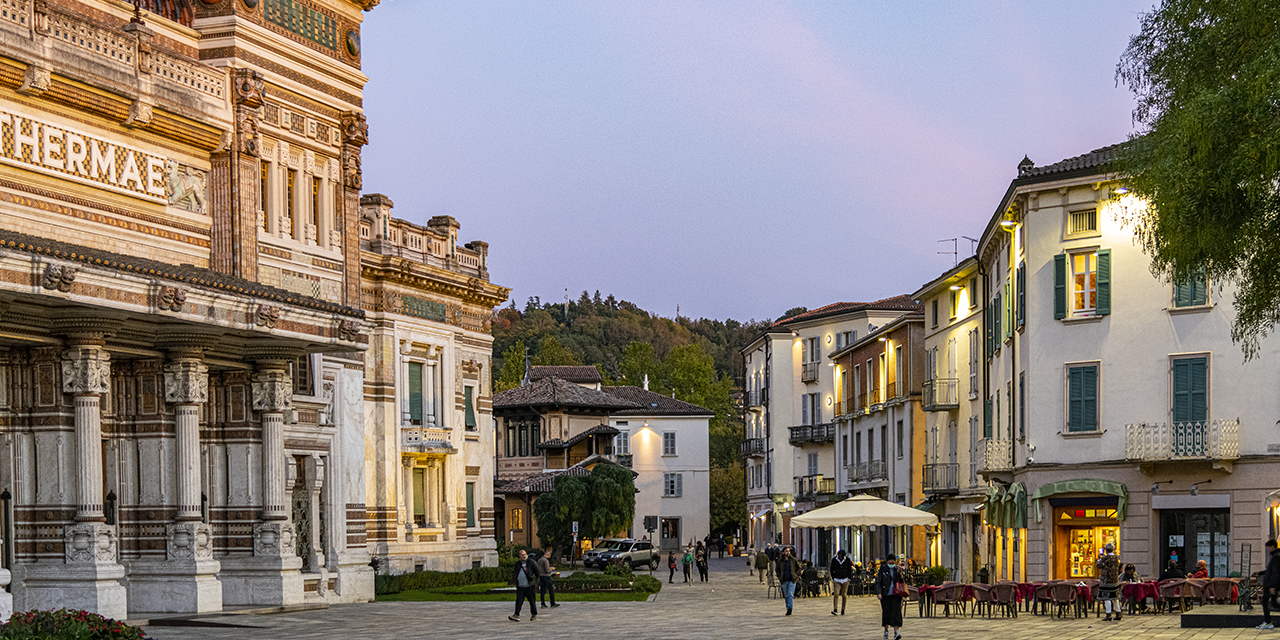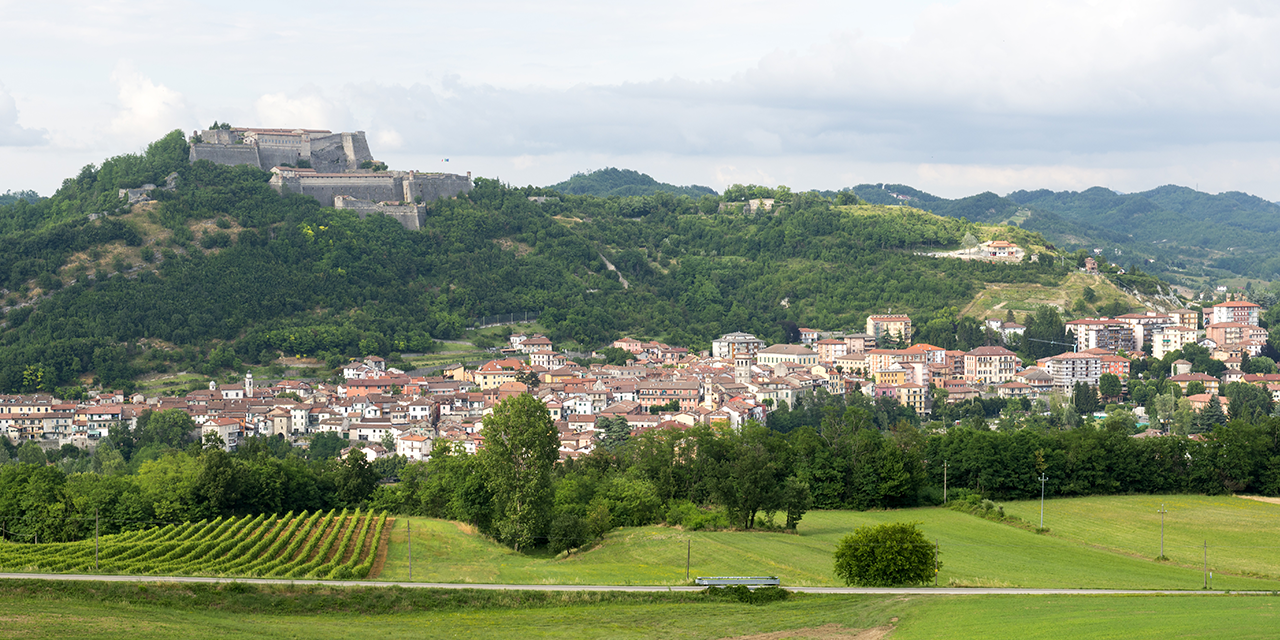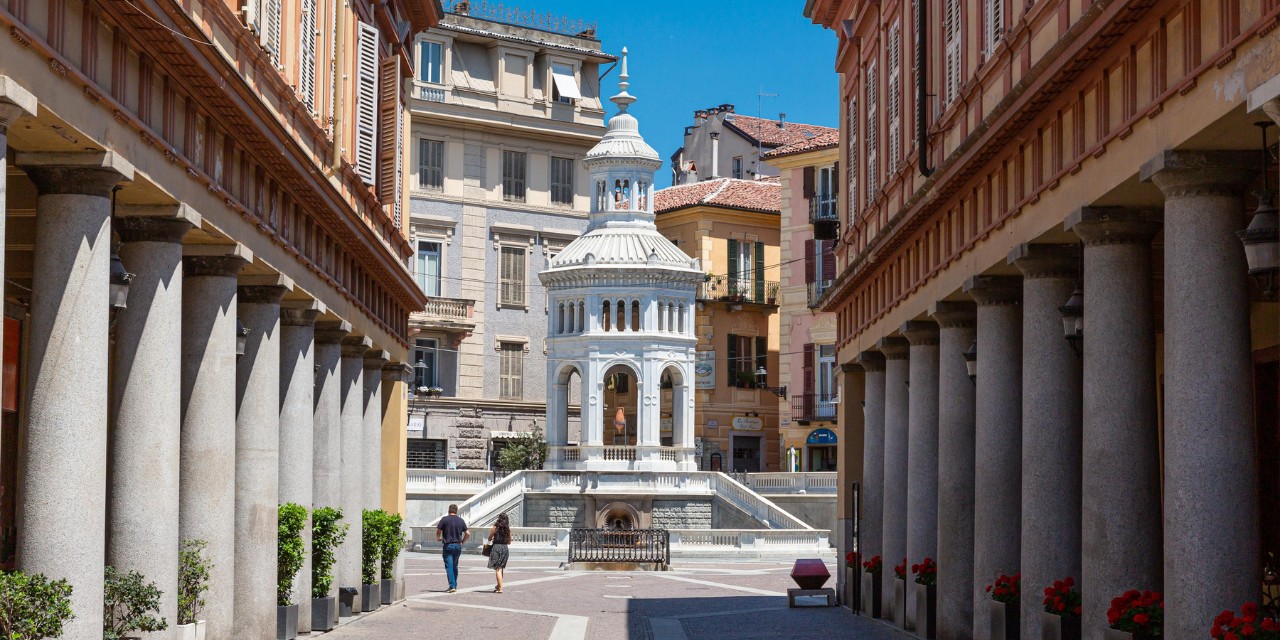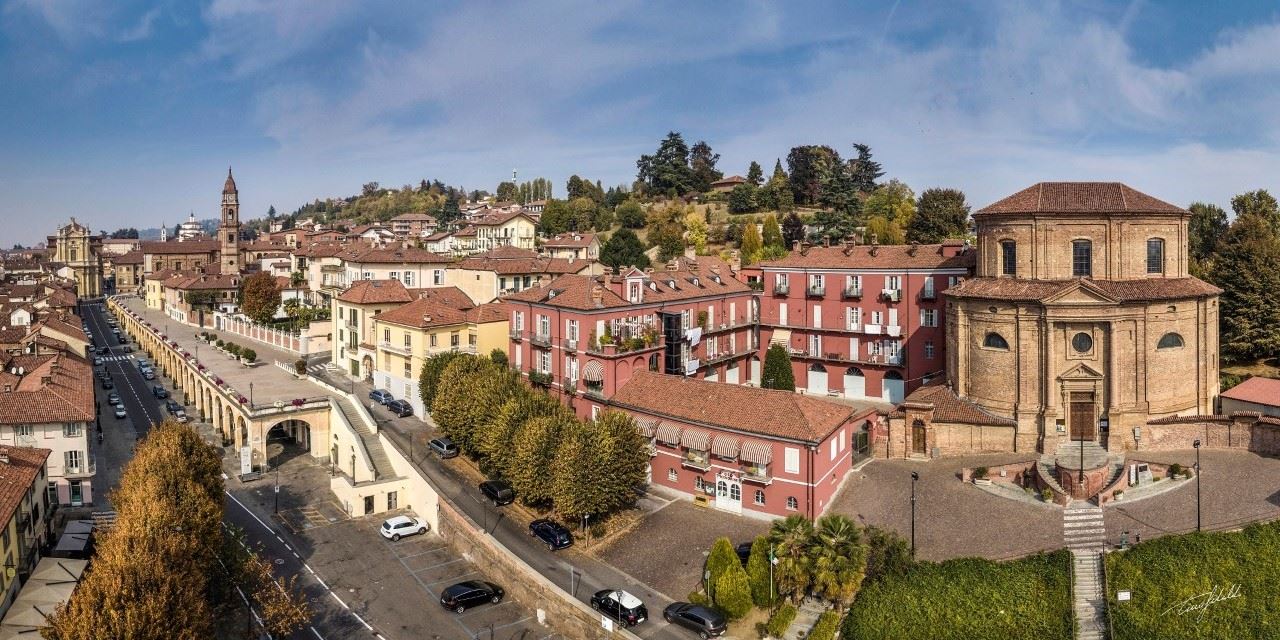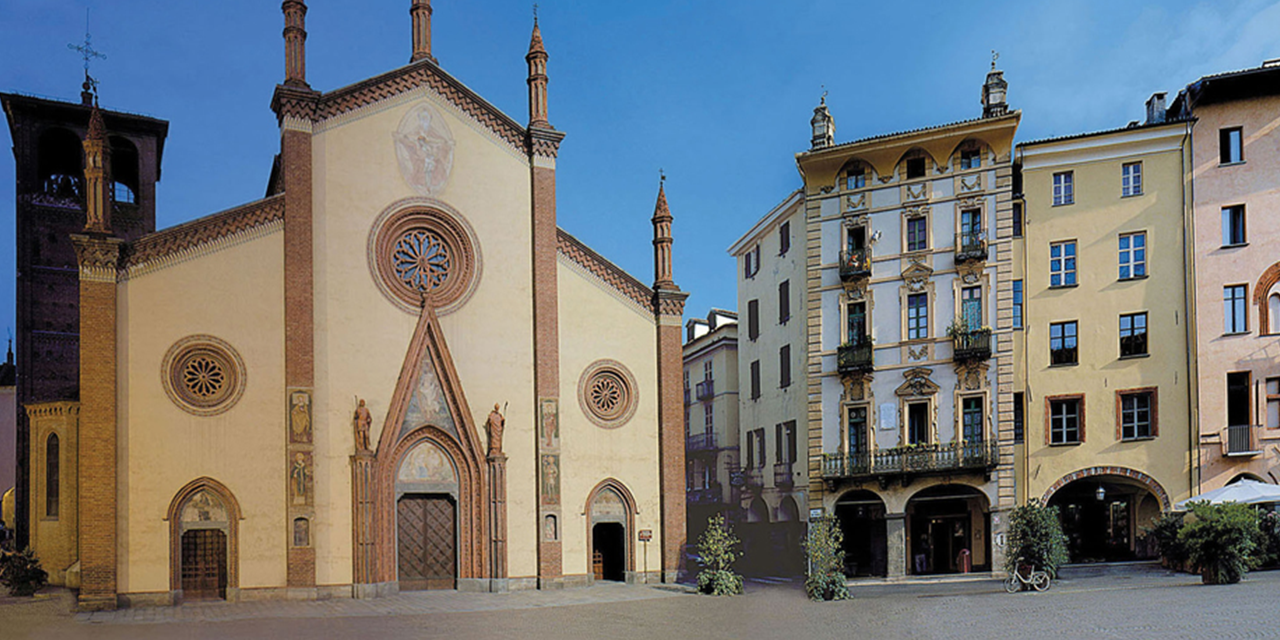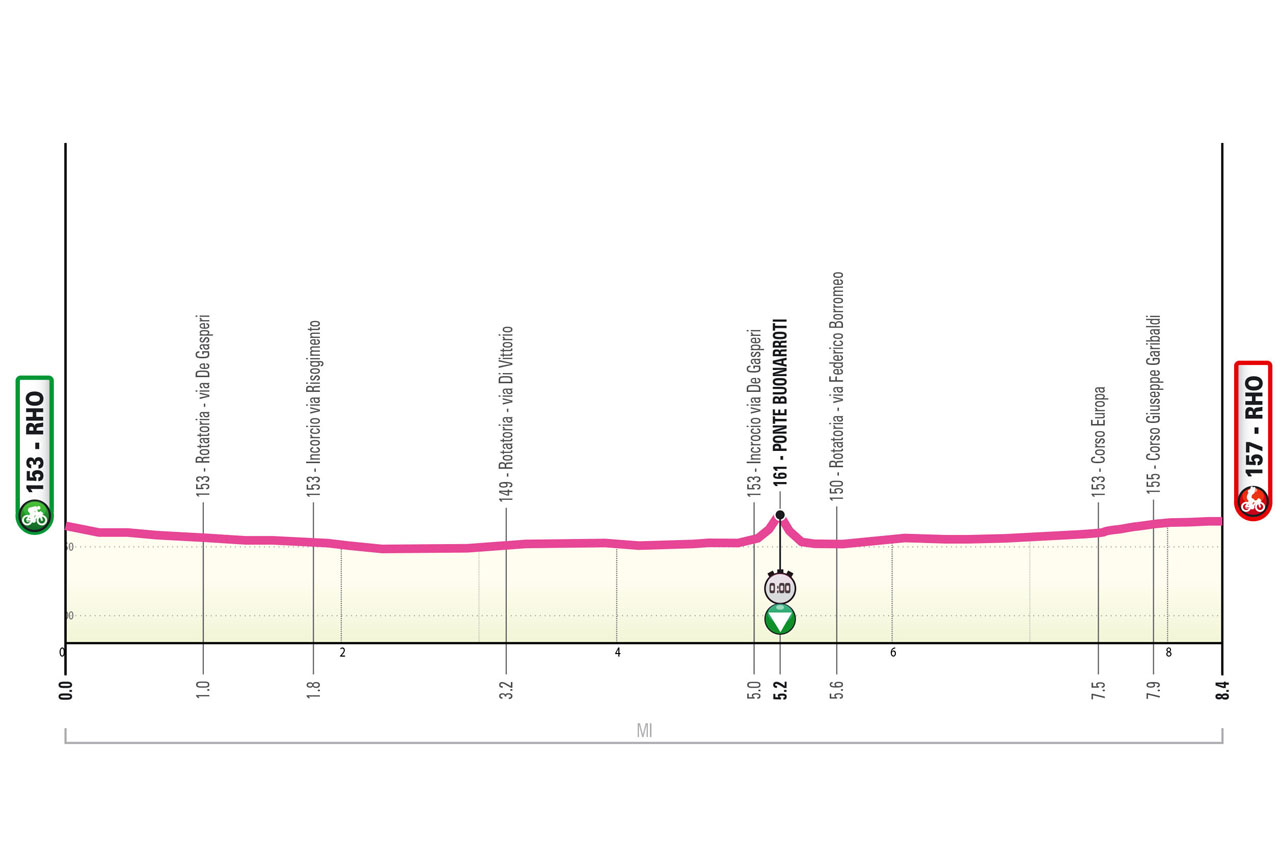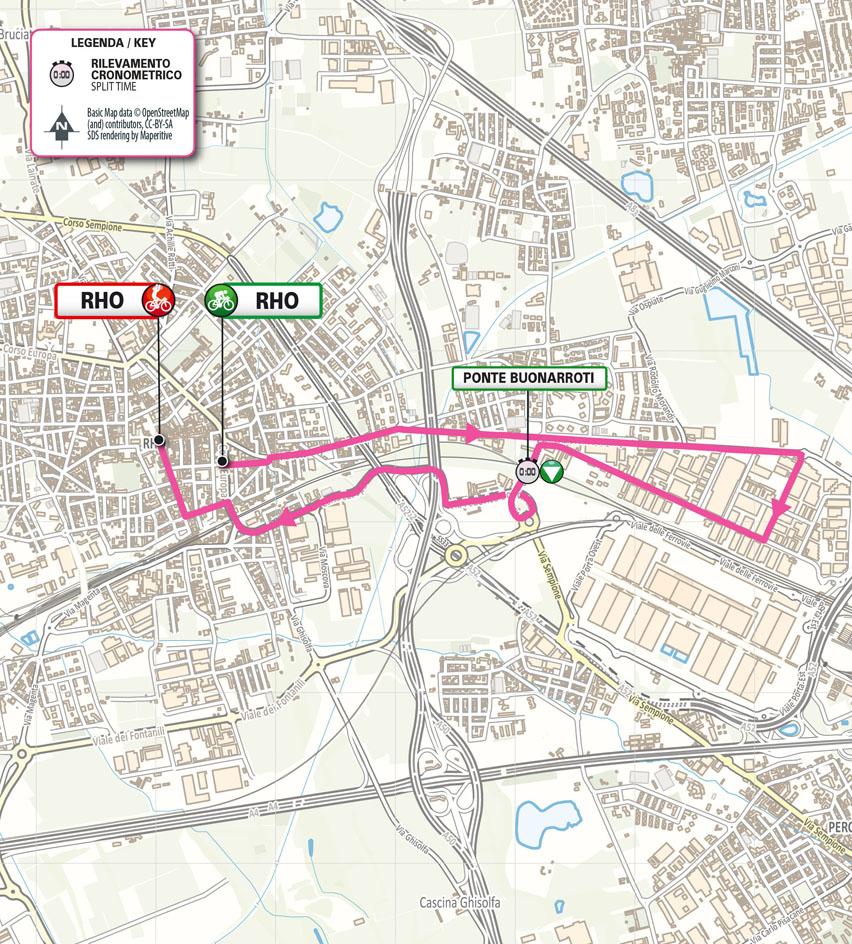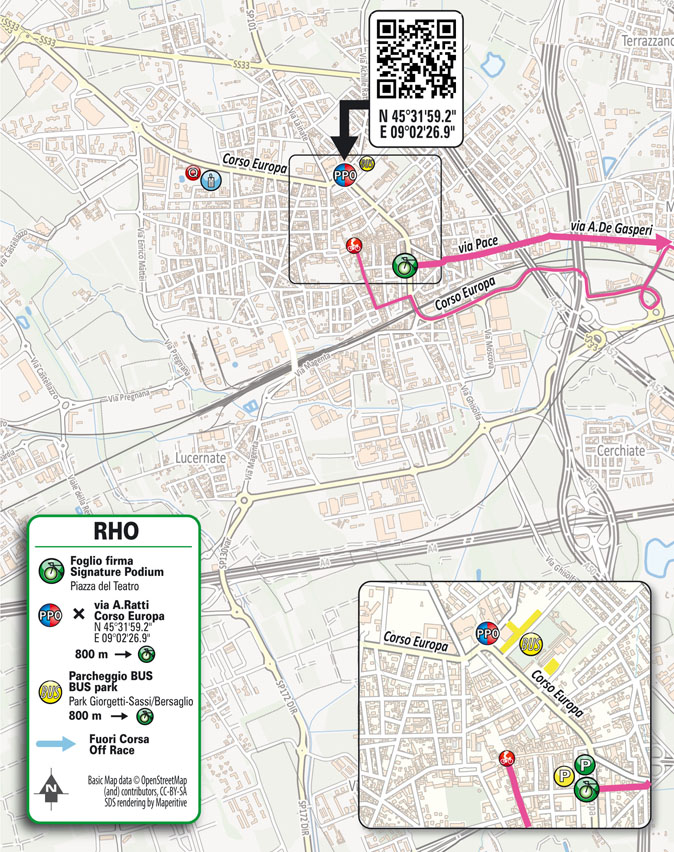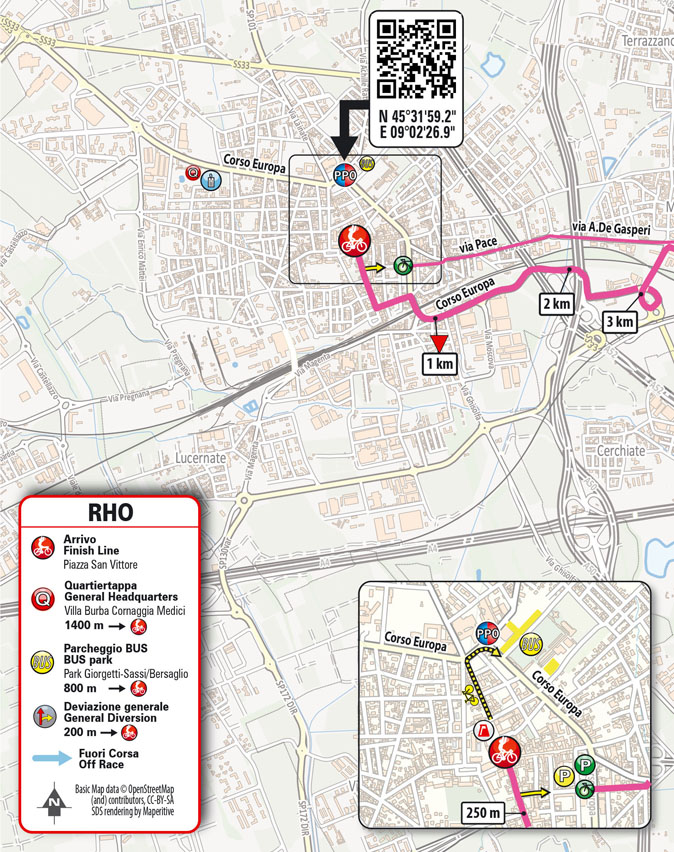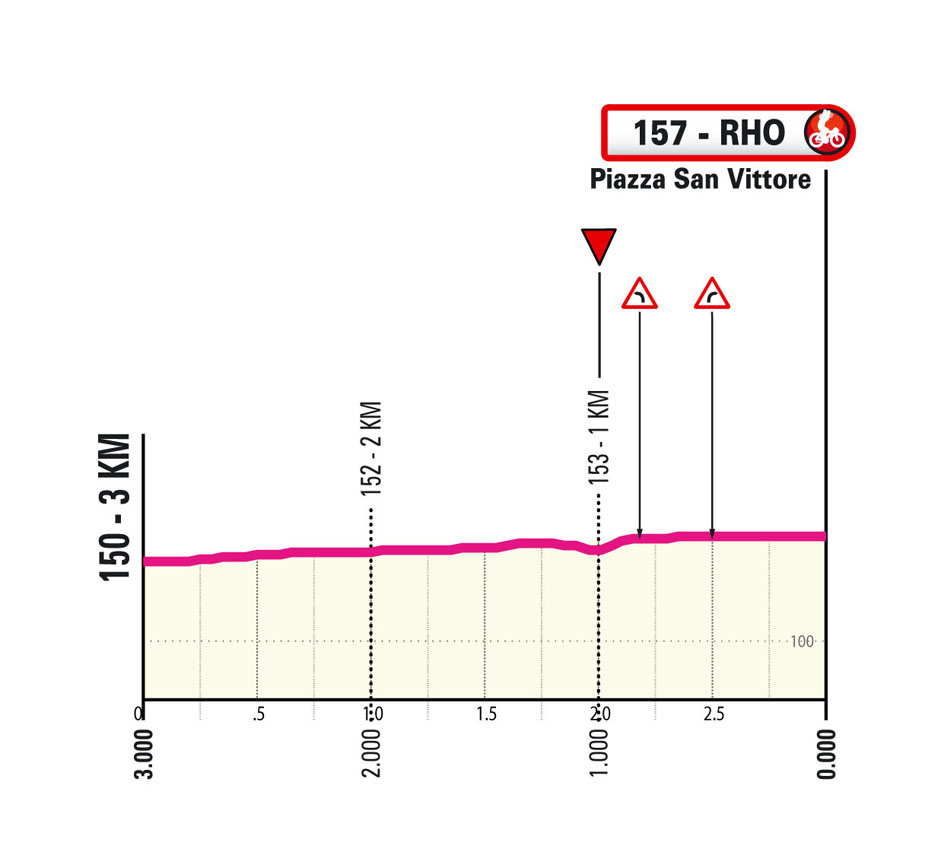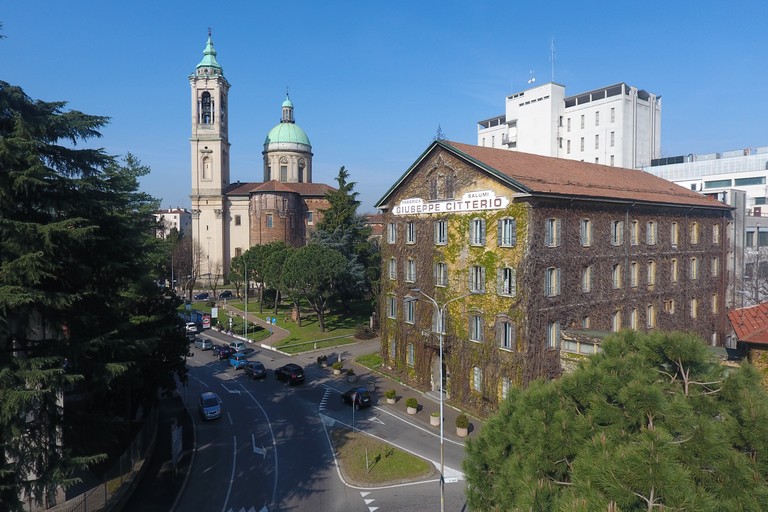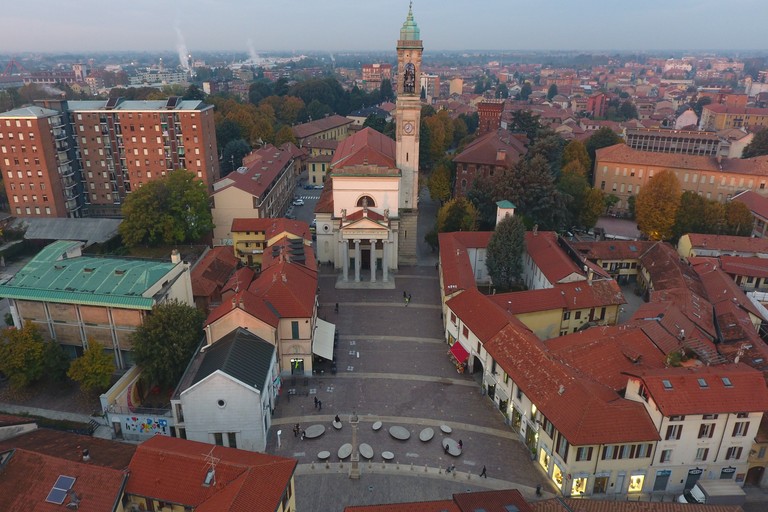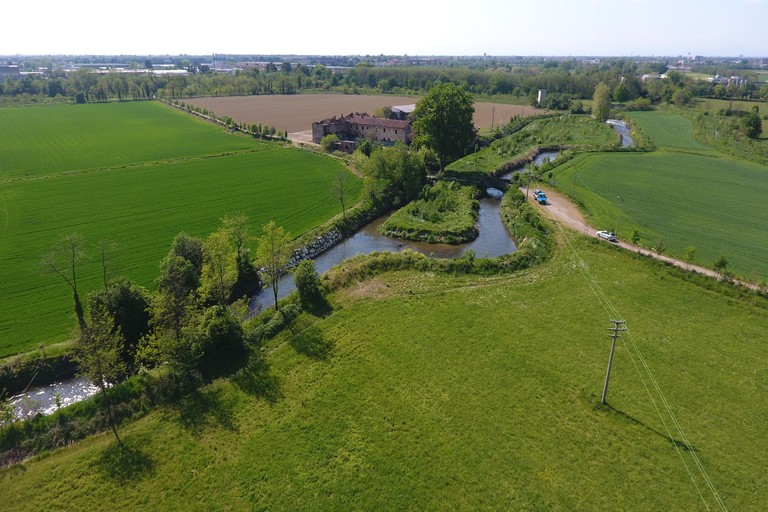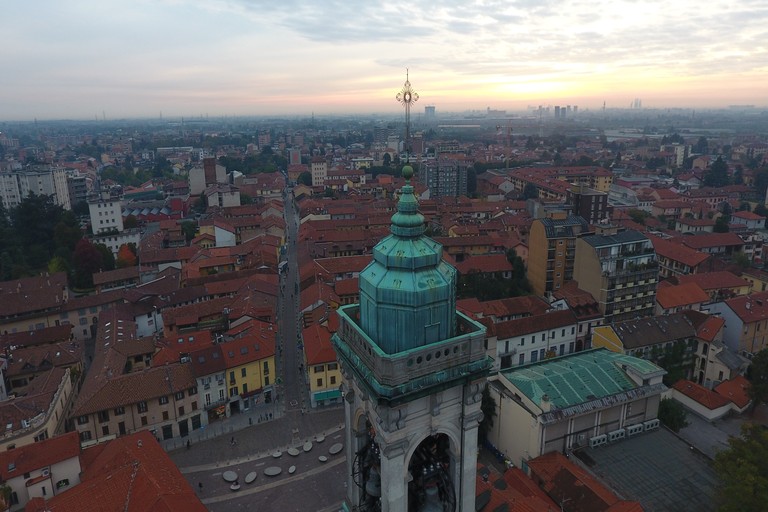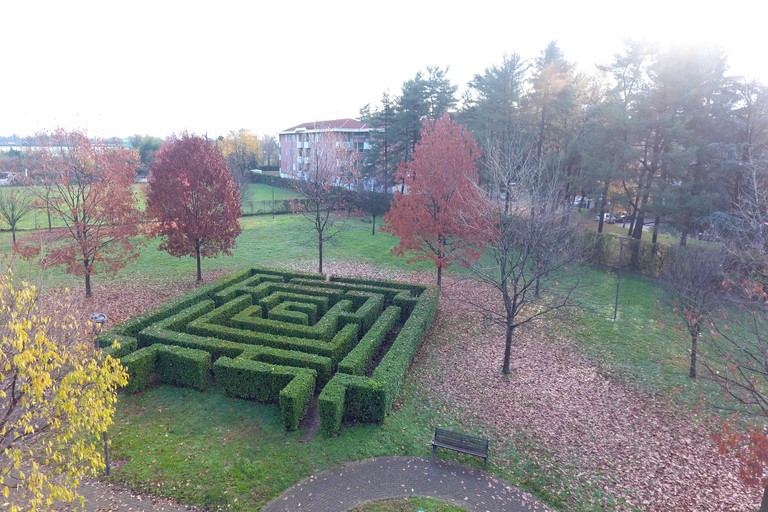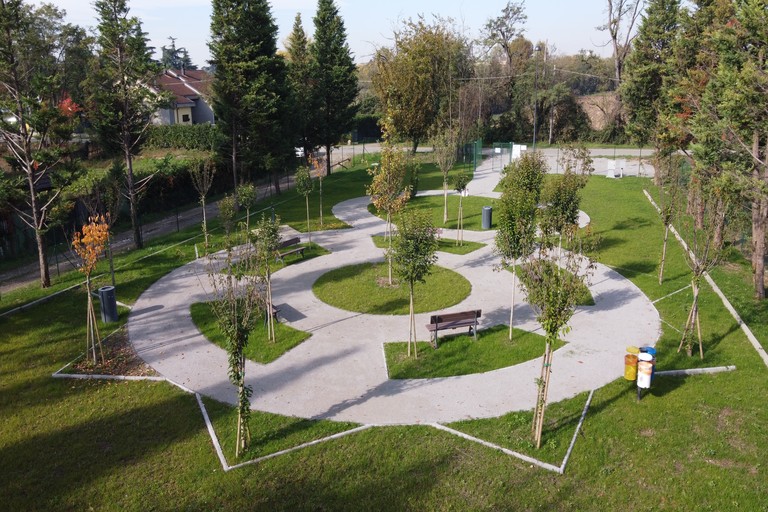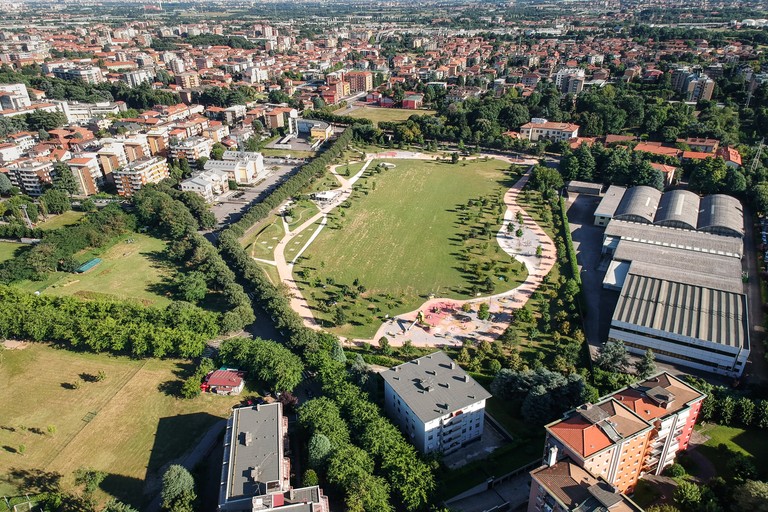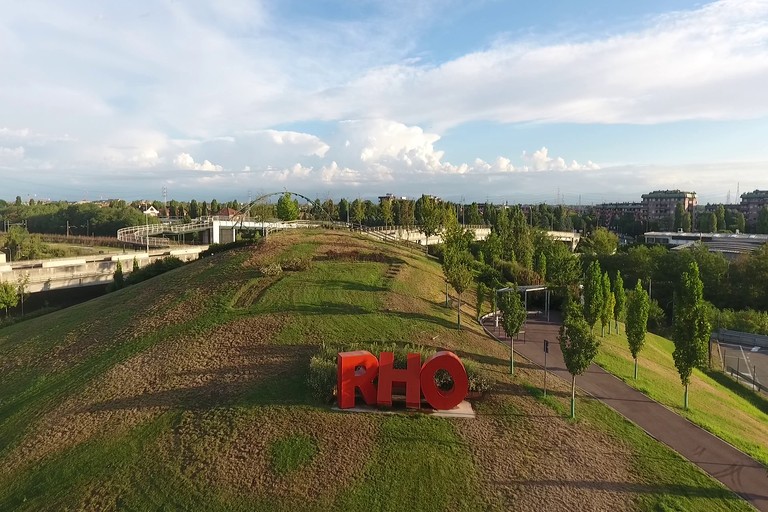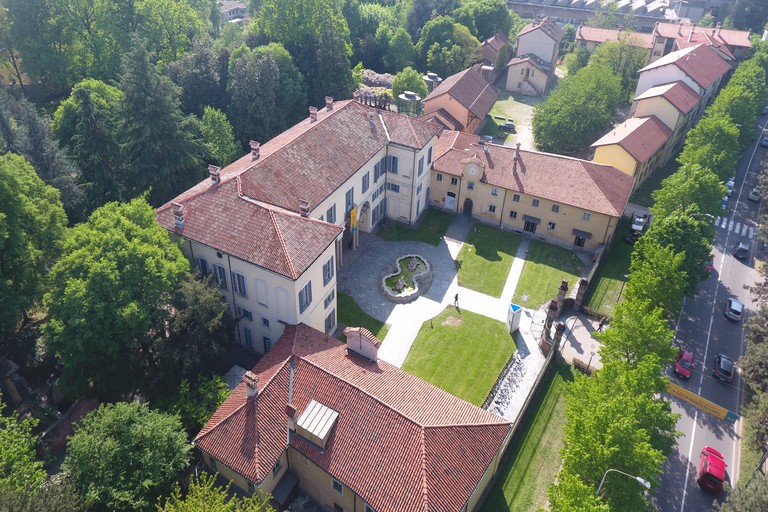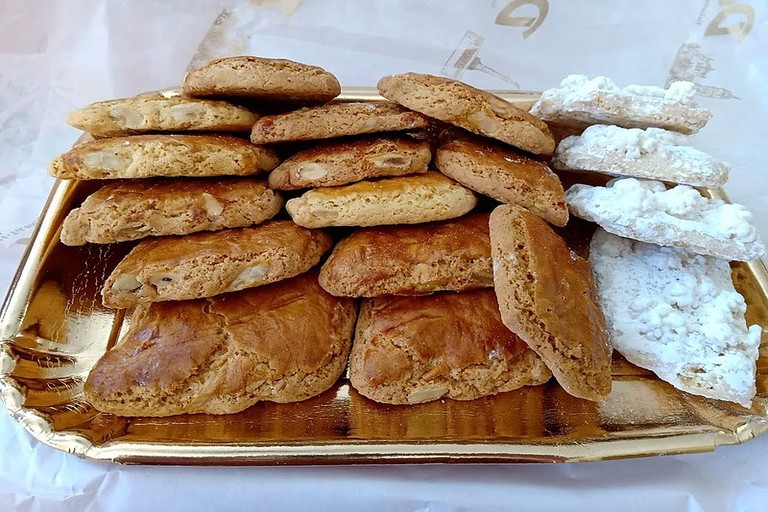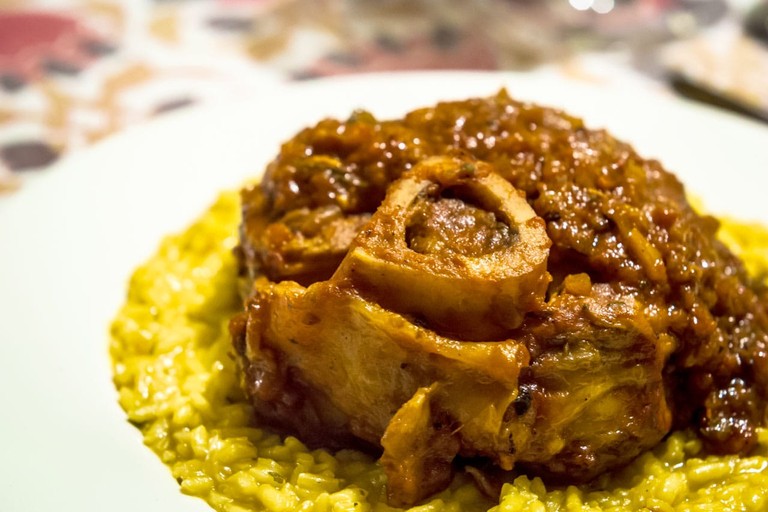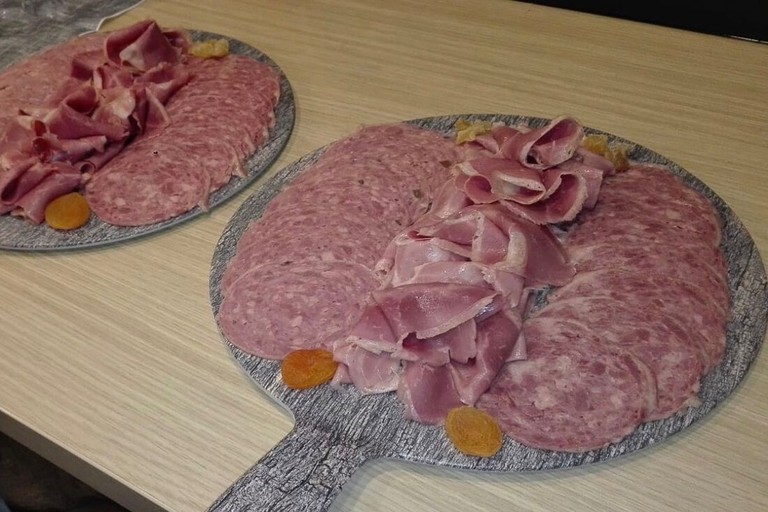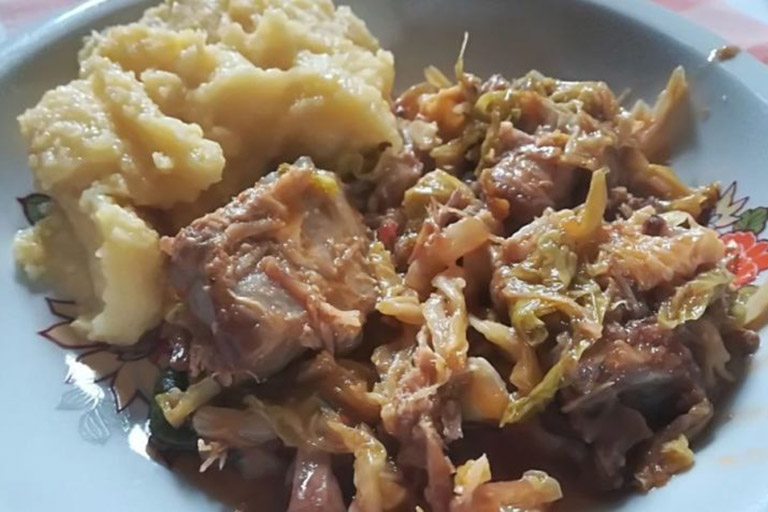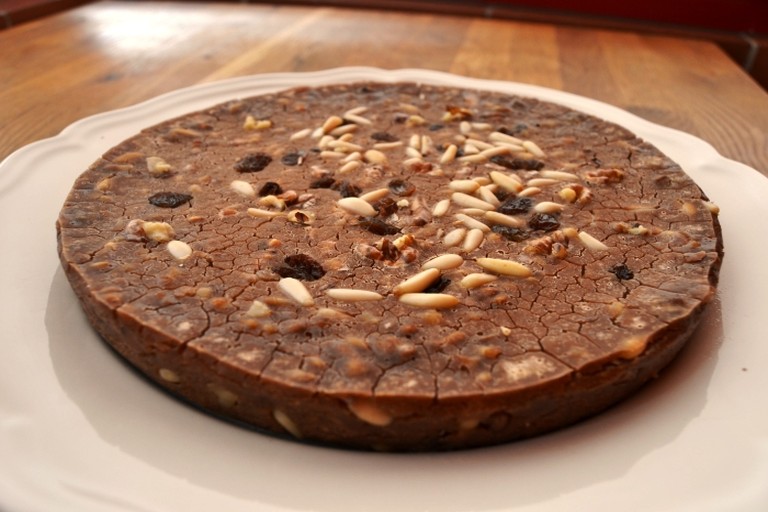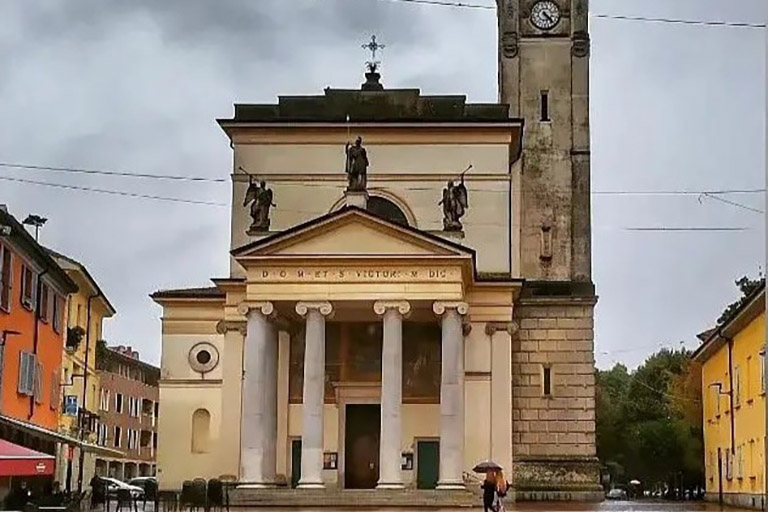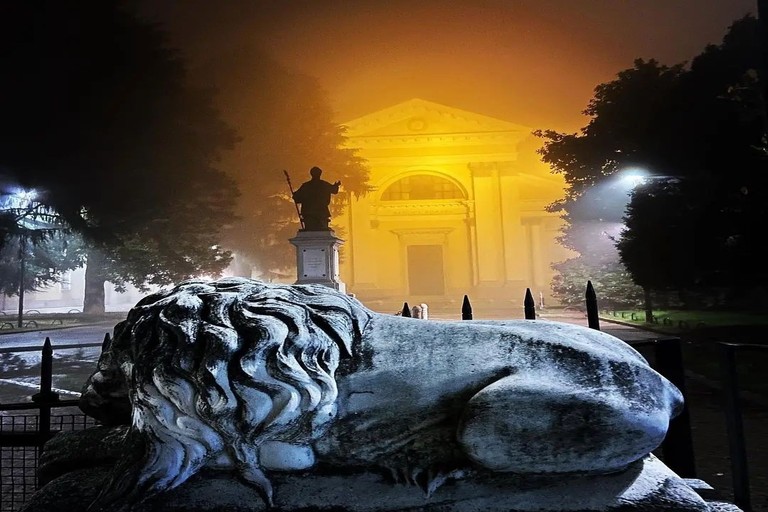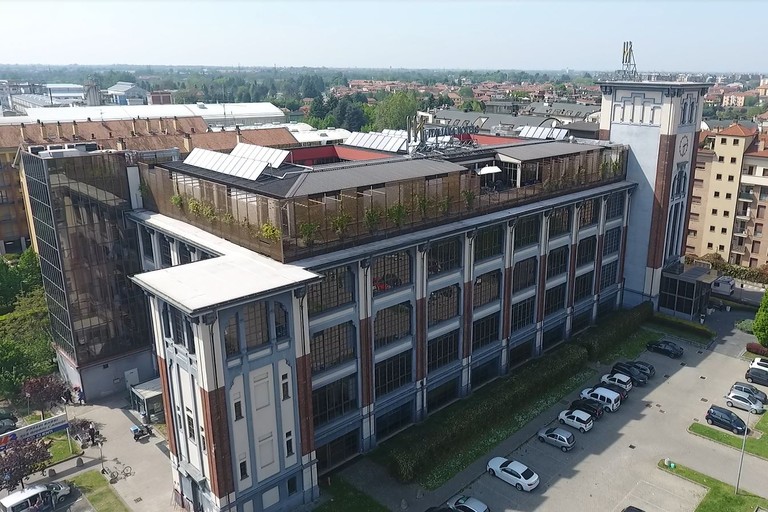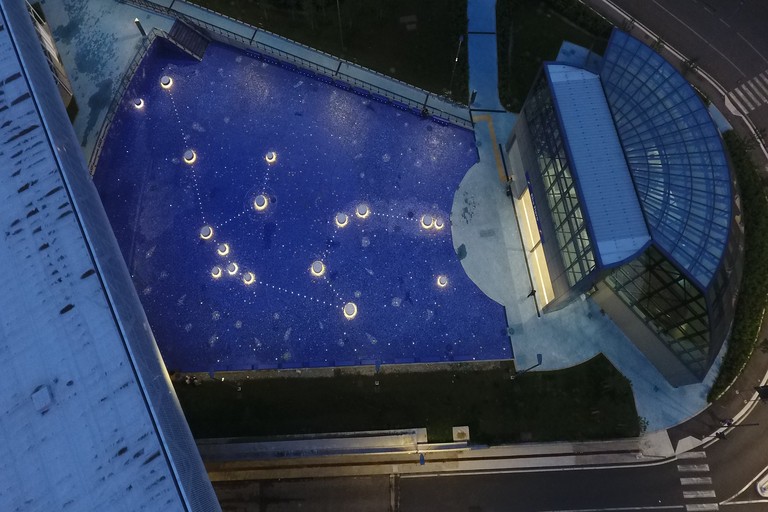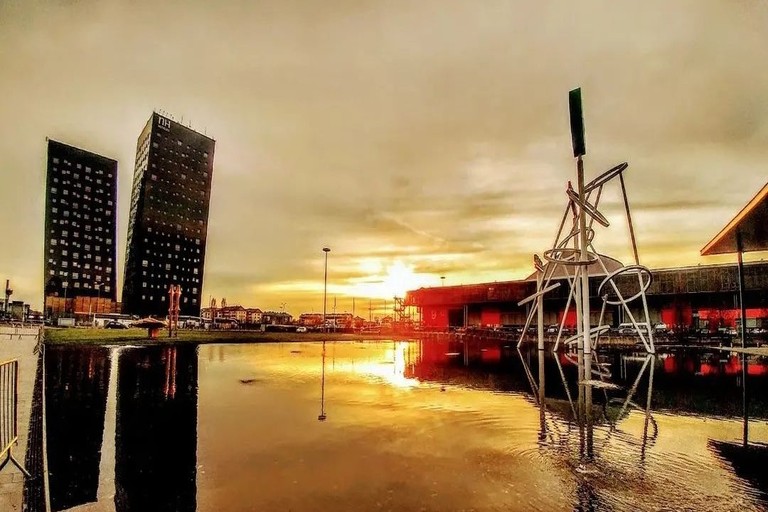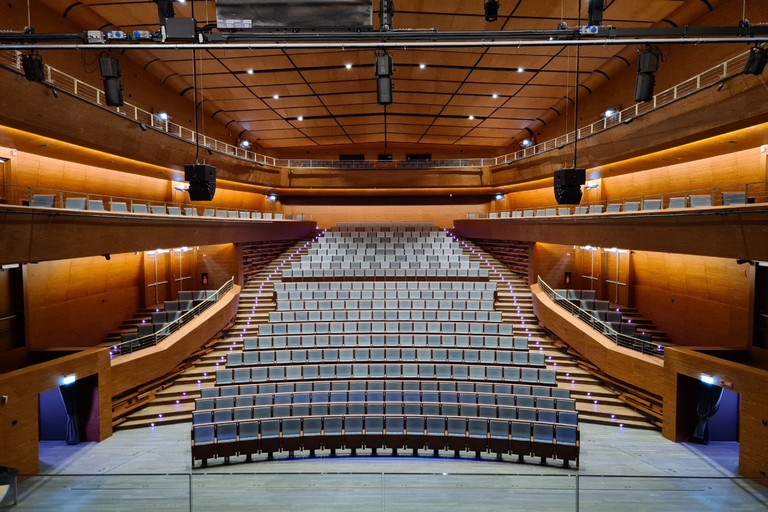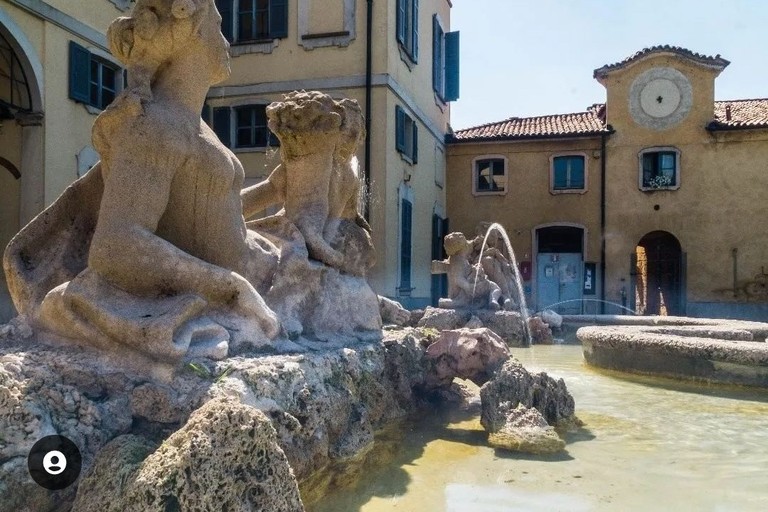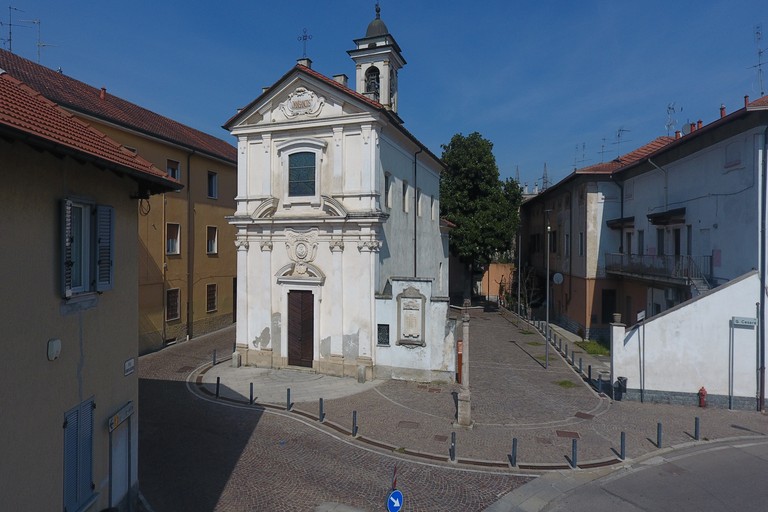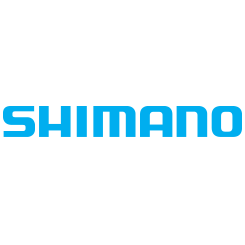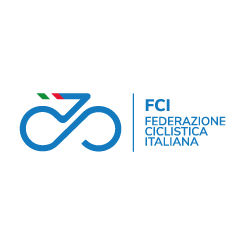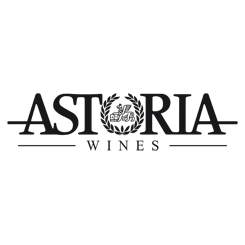scopri di più
info tecniche
altimetria
planimetria
info tecniche
A challenging city time trial due to the course layout, which winds through a constant alternation of curves and straight stretches. It will require not just power but also decent handling skills. The route is entirely flat, with only slight undulations.
Last Km
The final kilometers feature a few right-angle turns and a railway underpass as the only technical elements.
partenza / arrivo
ultimi km
crono tabella
info turistiche
Città di:
Rho
Overview
From the ancient Romans to the Milan Innovation District.
Located at the doorstep of Milan, Rho boasts a rich past and moves toward a future based on science and technology innovation. The first settlements date back to the second century B.C. The area is first mentioned as vico raudo in a document written in 846 A.D. In 1004 Henry II the emperor gave Rho the title of Borgo (town). After years of looting and dominations, substantial recovery took place during the episcopate of Carlo Borromeo: in 1584 the miraculous shedding of tears of a painting portraying Our Lady of Sorrows led to the construction of a shrine, around which various settlements gradually developed. In the following centuries, the estate of Villa Scheibler, which was already well-known, was dedicated to the breeding of hunting dogs and thoroughbred horses. In 1665 Villa Burba Cornaggia Medici was completed with a vast rural complex around it.
In the 20th century the agricultural economy gave way to the industrial economy, although old mills can still be found today. In 1858 the railway station was inaugurated, followed by the opening of the Milan-Rho-Gallarate tramline in 1880. Since 1878 Salumificio Citterio has contributed to Rho’s reputation in the world. In 1929 the Circolo Monumento ai Caduti Hospital was built, while the Palazzo Comunale was erected in front of Palazzo Banfi Visconti two years later.
Food
Rho’s cooking is inspired by the tradition of Milan and Lombardia: risotto with ossobuco, cassoeula, classic cutlet, castagnaccio and delicious desserts as oss de mord. Salame Milano is one of the favorite cold cuts of Citterio. Years ago a local sweet, called “Rhosetta”, was created. Traditional cooking is the favourite in Rho, but the themed dessert created at the end of 2022 for the birth of the new Civic Theater has already met the taste of Rho’s citizens.
Points of Interest
Rho has always been a reference point for the surrounding area.
The external exhibition center of Fiera Milano (2005) and the Universal Expo 2015 found a home here: today Mind is being prepared on that area, containing a large hospital, the Human Technopole research center, the scientific faculties of Milan University, company headquarters and innovation centers.
The old factories, such as the Muggiani cotton mill, have found a new life.
In 2022 the Teatro Civico Roberto de Silva was built on the site of an old perfume factory.
Villa Burba, home of the Town Library, hosts prestigious exhibitions.
Every district has equipped parks and in front of the Milan underground station “Rho Fiera”, Piazza Costellazione was born, designed by the Brera Academy of Fine Arts. It is a mosaic of 250,000 blue ceramic tiles signed by Expo visitors and even by the Dalai Lama, a guest of the city in 2016.
Rho
Overview
From the ancient Romans to the Milan Innovation District.
Located at the doorstep of Milan, Rho boasts a rich past and moves toward a future based on science and technology innovation. The first settlements date back to the second century B.C. The area is first mentioned as vico raudo in a document written in 846 A.D. In 1004 Henry II the emperor gave Rho the title of Borgo (town). After years of looting and dominations, substantial recovery took place during the episcopate of Carlo Borromeo: in 1584 the miraculous shedding of tears of a painting portraying Our Lady of Sorrows led to the construction of a shrine, around which various settlements gradually developed. In the following centuries, the estate of Villa Scheibler, which was already well-known, was dedicated to the breeding of hunting dogs and thoroughbred horses. In 1665 Villa Burba Cornaggia Medici was completed with a vast rural complex around it.
In the 20th century the agricultural economy gave way to the industrial economy, although old mills can still be found today. In 1858 the railway station was inaugurated, followed by the opening of the Milan-Rho-Gallarate tramline in 1880. Since 1878 Salumificio Citterio has contributed to Rho’s reputation in the world. In 1929 the Circolo Monumento ai Caduti Hospital was built, while the Palazzo Comunale was erected in front of Palazzo Banfi Visconti two years later.
Food
Rho’s cooking is inspired by the tradition of Milan and Lombardia: risotto with ossobuco, cassoeula, classic cutlet, castagnaccio and delicious desserts as oss de mord. Salame Milano is one of the favorite cold cuts of Citterio. Years ago a local sweet, called “Rhosetta”, was created. Traditional cooking is the favourite in Rho, but the themed dessert created at the end of 2022 for the birth of the new Civic Theater has already met the taste of Rho’s citizens.
Points of Interest
Rho has always been a reference point for the surrounding area.
The external exhibition center of Fiera Milano (2005) and the Universal Expo 2015 found a home here: today Mind is being prepared on that area, containing a large hospital, the Human Technopole research center, the scientific faculties of Milan University, company headquarters and innovation centers.
The old factories, such as the Muggiani cotton mill, have found a new life.
In 2022 the Teatro Civico Roberto de Silva was built on the site of an old perfume factory.
Villa Burba, home of the Town Library, hosts prestigious exhibitions.
Every district has equipped parks and in front of the Milan underground station “Rho Fiera”, Piazza Costellazione was born, designed by the Brera Academy of Fine Arts. It is a mosaic of 250,000 blue ceramic tiles signed by Expo visitors and even by the Dalai Lama, a guest of the city in 2016.
Video Tappa 01

Giro Next Gen 2025 | Stage 1 | Highlights 🇬🇧
15 Jun 2025
Giro Next Gen 2025 | Tappa 1 | Best Of
15 Jun 2025
Giro Next Gen 2025 | Stage 1 | Last KM 🇬🇧
15 Jun 2025

